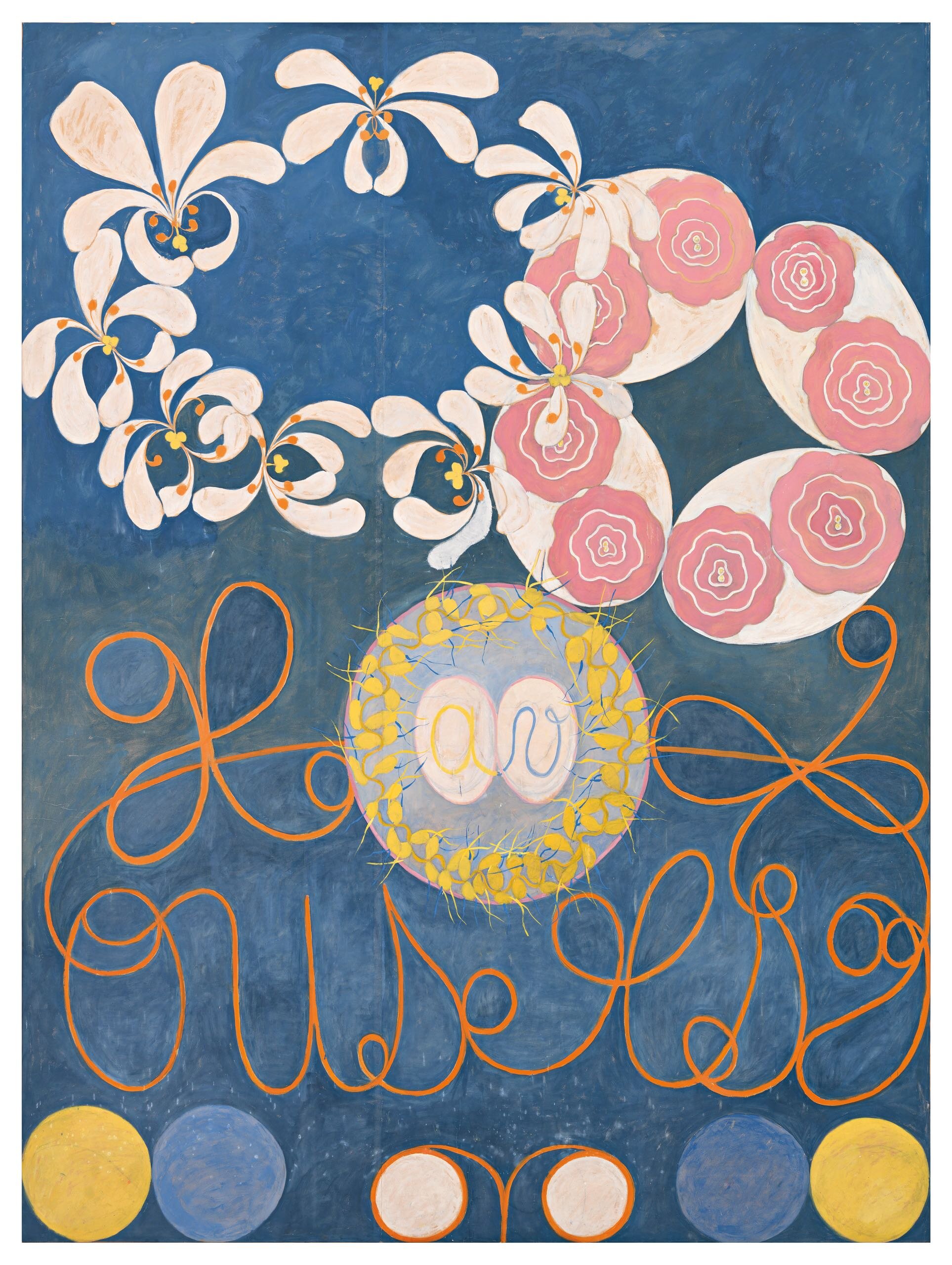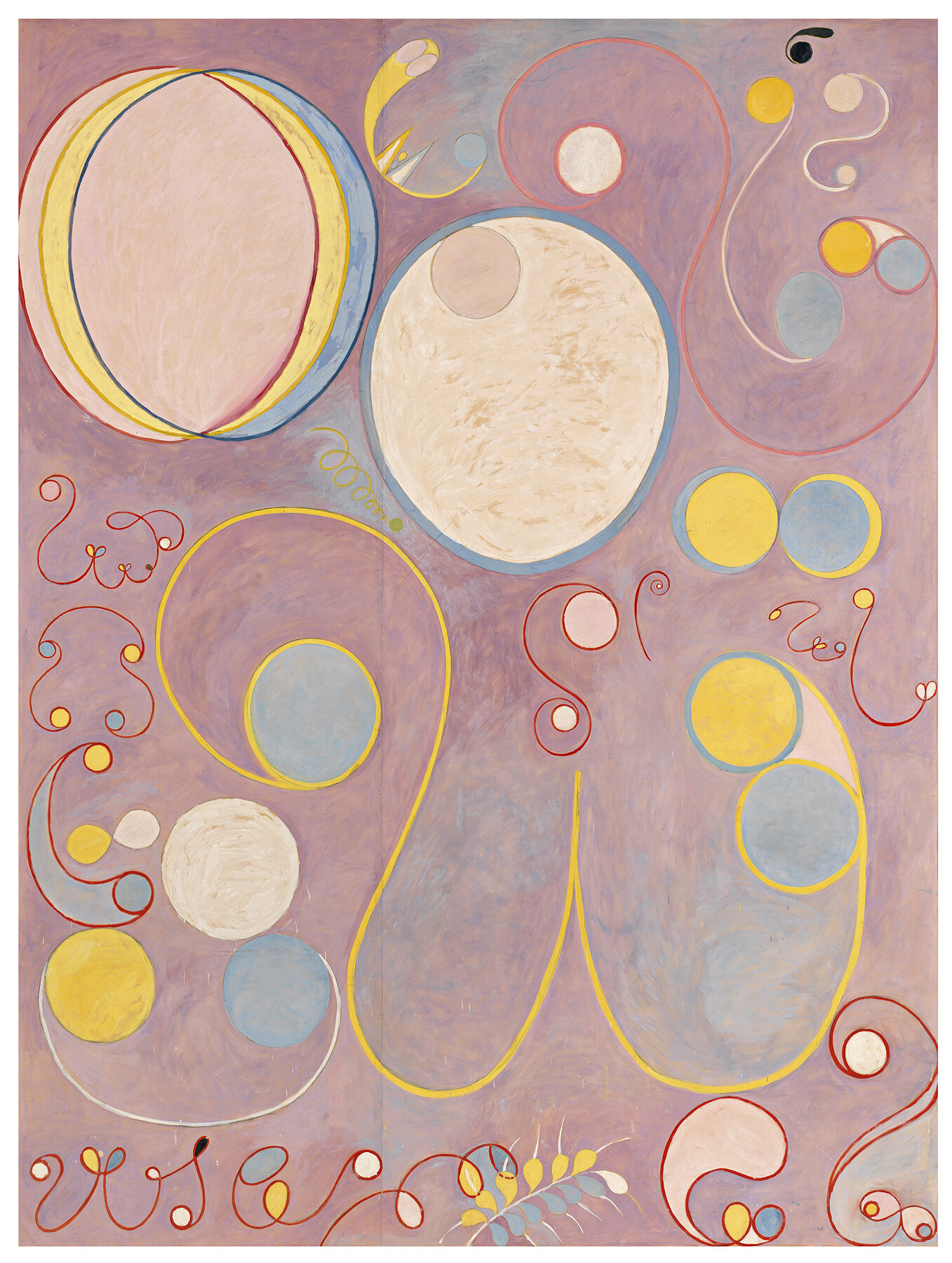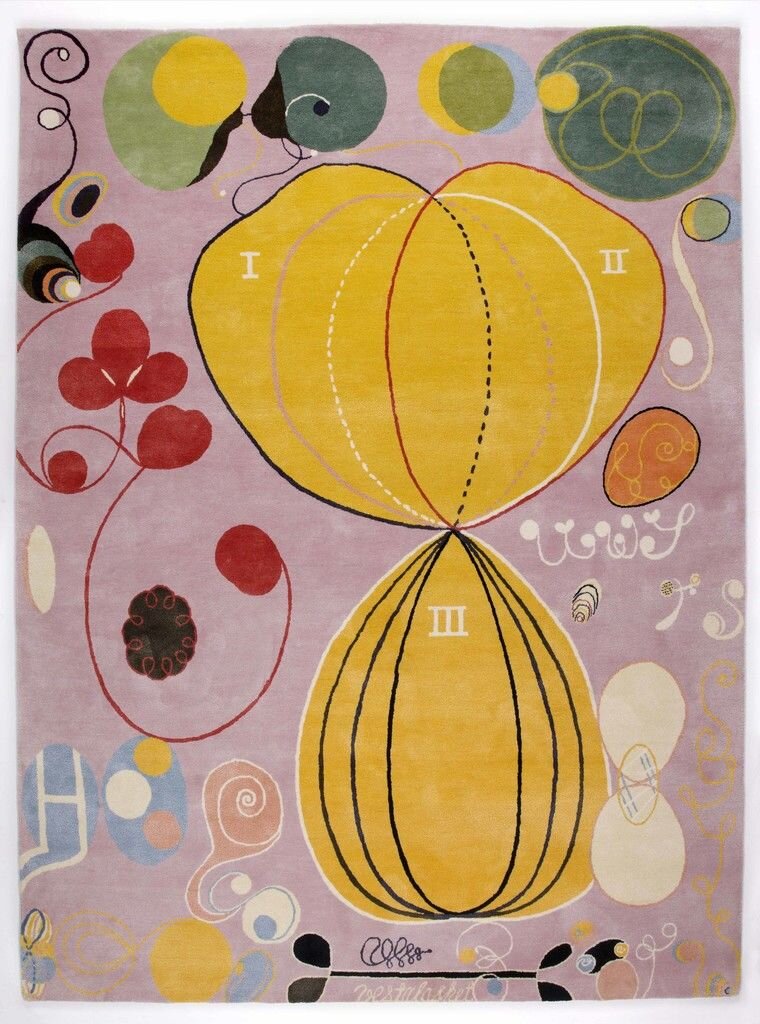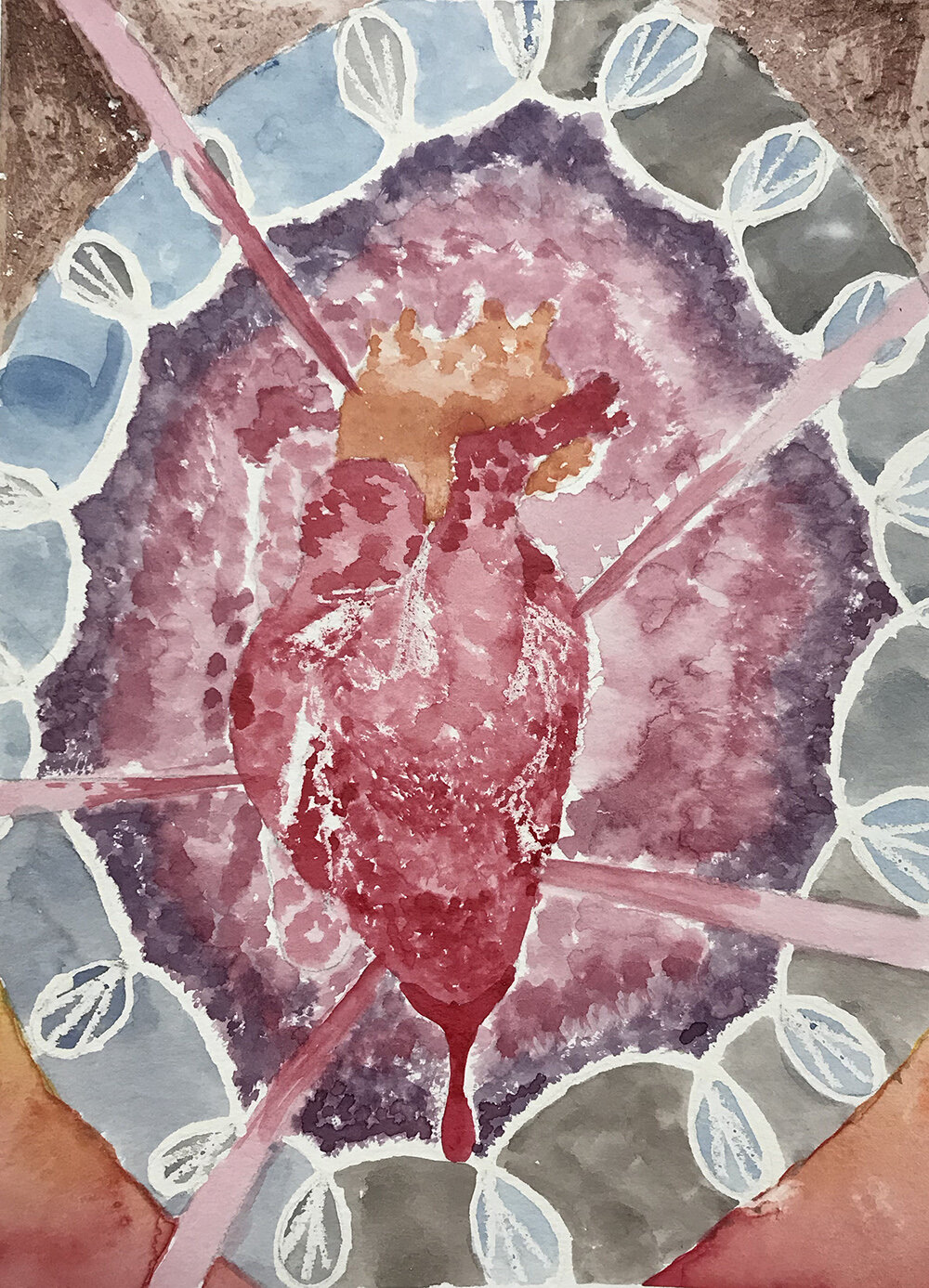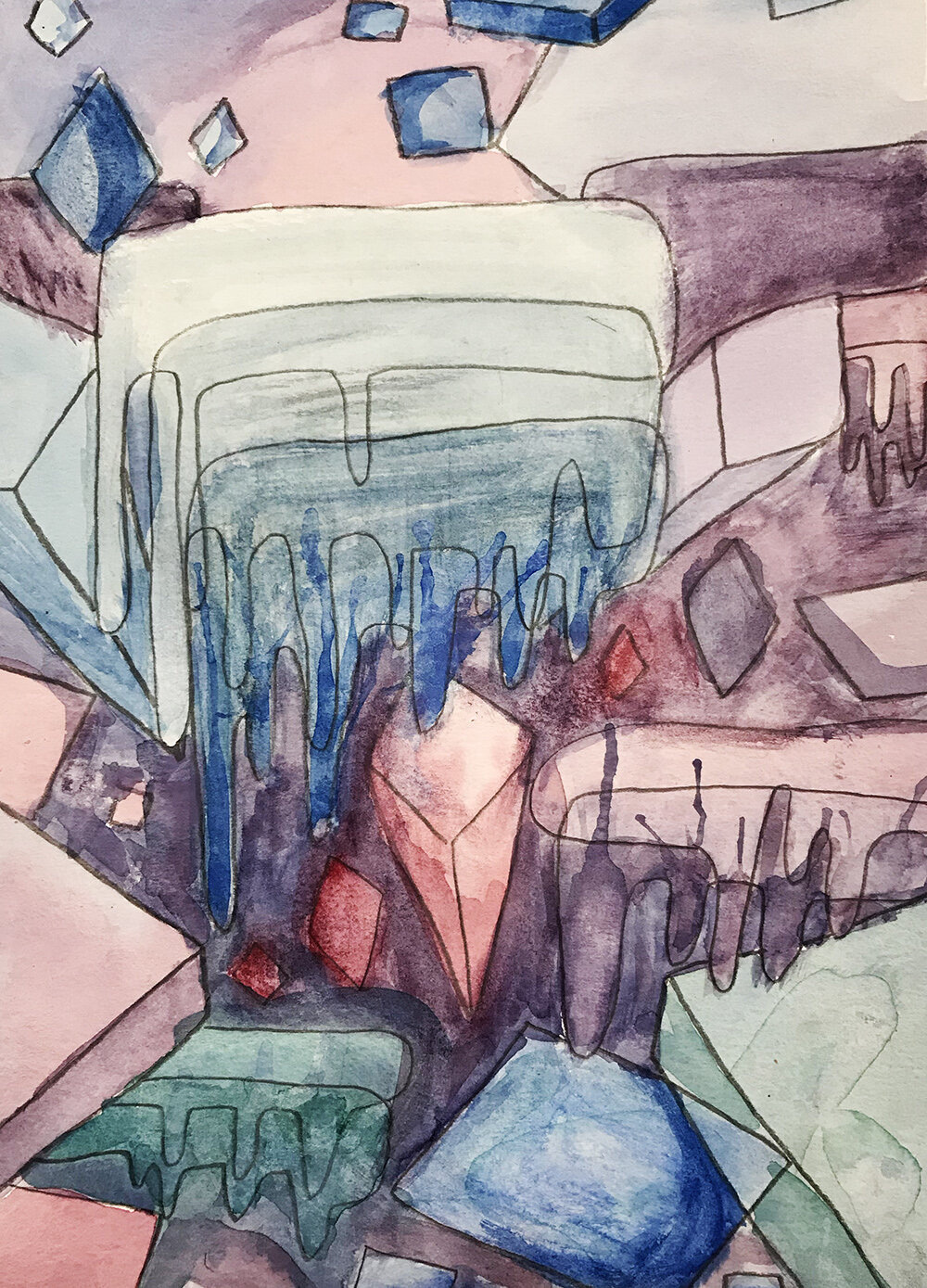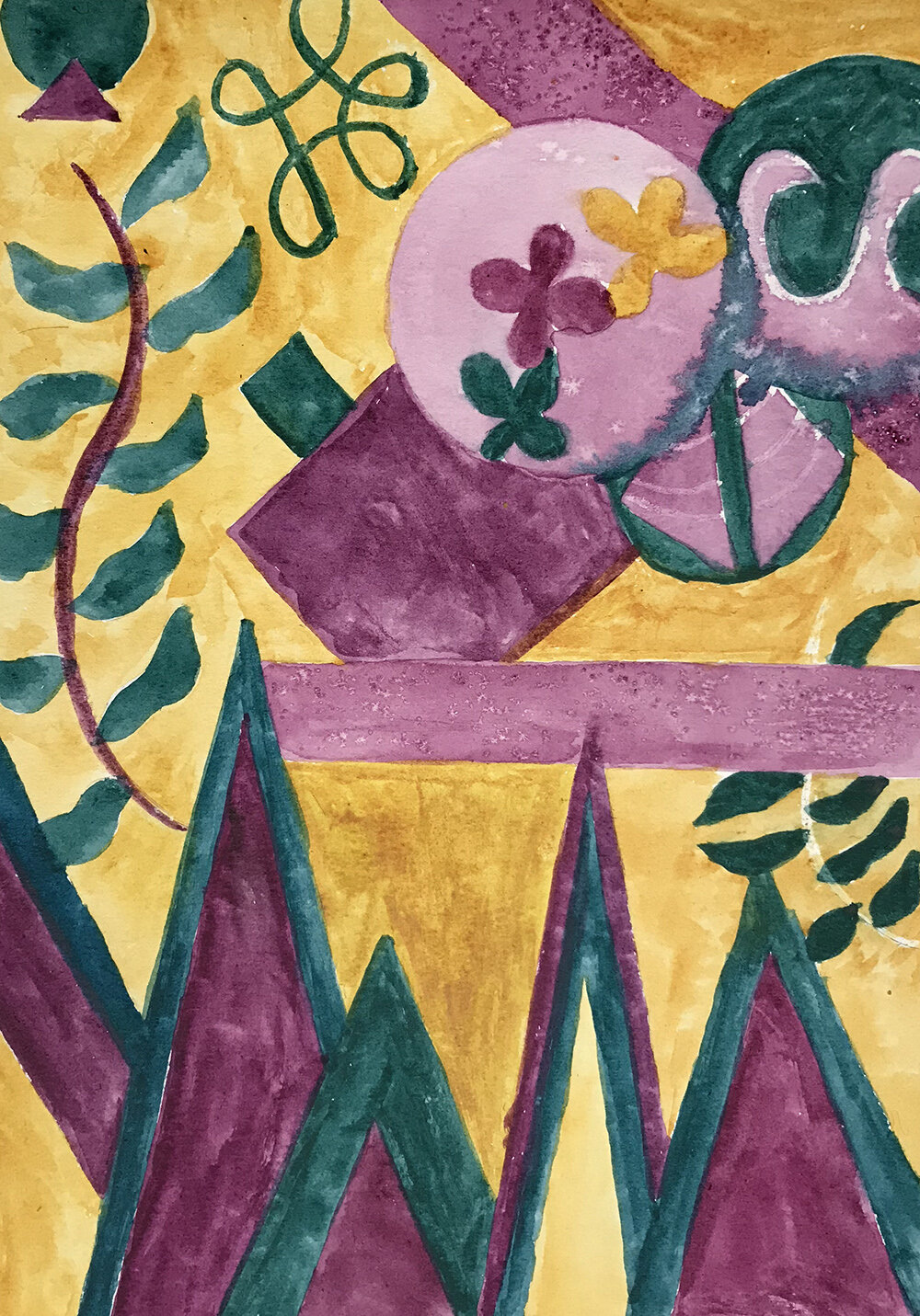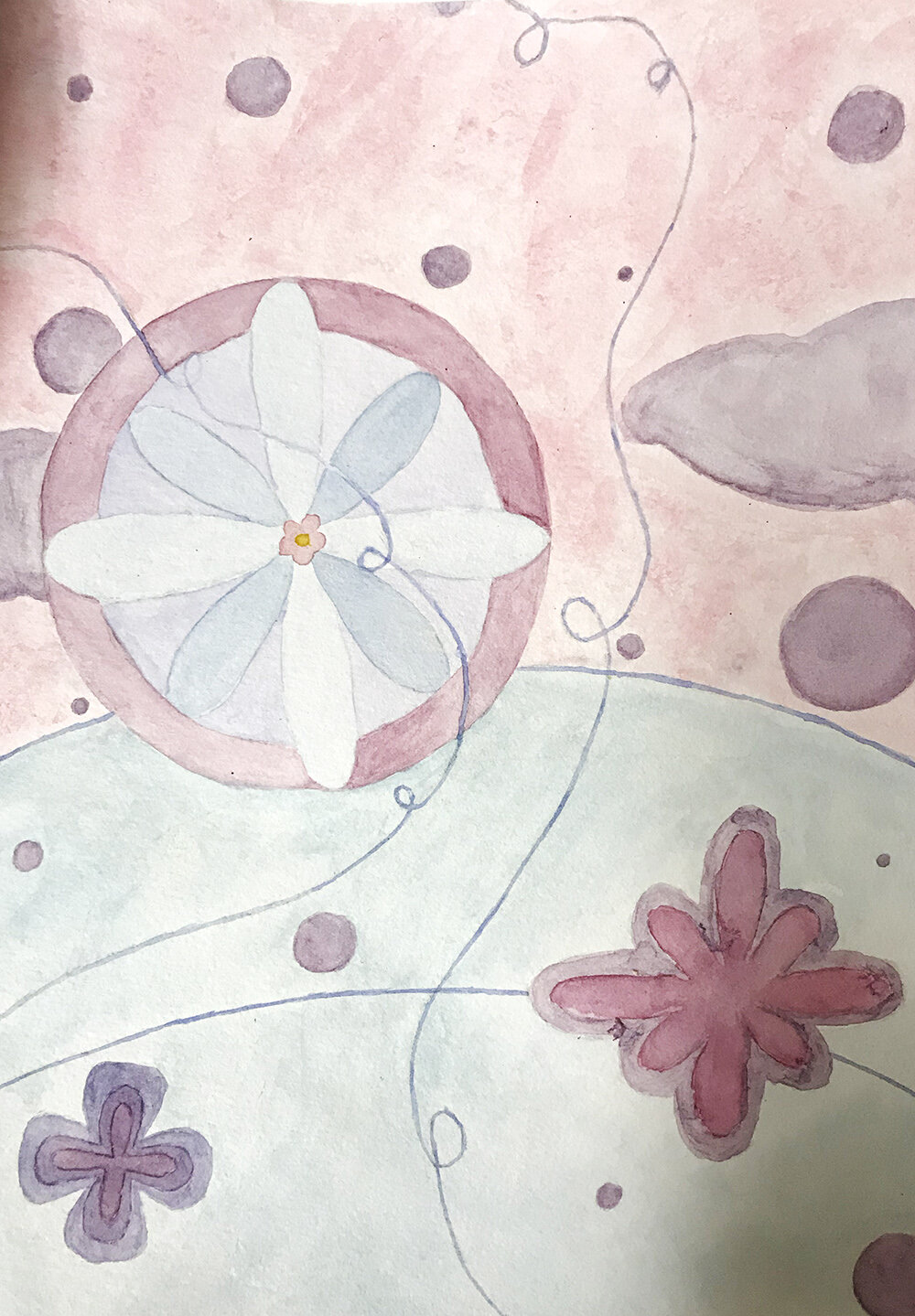Art from Within - Aesthetic Valuing Lesson
Lesson Description:
In the final lessons of the curriculum unit, students will evaluate their work and the work of their peers. Working in groups, students will first discuss their work, their inspiration, what color scheme they used, and any symbols they’d like to share. Once students have shared, they will break into pairs and follow the Feldman Model of critique and complete a worksheet in their sketchbook. Once students have completed the critique, we will work on combining the paintings into a quilt to display.
Grade Level:
High School - Beginning
High School - Advanced
Time Frame:
2 - 70 minute class periods
Focus Artwork:
Student Examples:
Lesson Objectives/Student Learning Outcomes:
Students will be able to:
Evaluate their art using a rubric.
Discuss the formal and conceptual qualities of their work with a group.
Critique artwork using the Feldman Model.
Literacy Focus:
Listening - Students will practice listening throughout the aesthetic valuing lesson. Students will receive instructions for the critique. Students will also practice good listening etiquette while they listen to their group’s art presentations.
Speaking - Students will practice speaking as they talk about their art pieces. Students will use relevant art vocabulary and discuss formal and conceptual qualities of their art.
Reading - Students will read through the instructions for the Feldman Model of critique.
Writing - Students will write artists statements to describe their artwork, process, and inspiration. Students will write in notes in their graphic organizers, which they will turn in as evidence of their discussions.
Art Materials:
Sketchbook
Pencil
Ruler
Colored pencils
Instructional Resources:
Chromebook
LCD Projector
HP Sprout or Docucam
Procedures:
Day Before:
Homework:
Students will write an artist statement about their work. They will include information about the formal qualities, conceptual qualities, work process, and final art piece.
Day 1:
Anticipatory Set:
Students will take out their summaries and read over them.
Teacher will pass back student art pieces.
Direct Instruction:
Teacher will split students in to groups.
Teacher will go over expectations, etiquette, and goals for group discussion.
Independent Practice:
Working in groups, students will discuss their own artwork, successes and challenges they faced.
Direct Instruction:
Teacher will go over the Feldman Model of critique with students.
Using two student volunteers, the teacher will demonstrate the Feldman Model and how to successfully give a critique.
Day 2:
Direct instruction:
Teacher will review the Feldman Model of critique once more with students
Students will break into groups.
Independent Practice:
Students will critique their final pieces in groups, sharing ideas and constructive criticism with each other.
Students will complete a reflection about their critique experience in their sketchbooks.
Closure:
Students will assemble their finished art pieces into a quilt to display at the school.
For a PDF of examples of sketchbook graphic organizers for this lesson, click here.
Modifications for Learners’ Specific Needs:
Students may choose or be given a graphic organizer version of the interactive notes. Instead of generating the interactive notes from scratch in their sketchbook, students may utilize the graphic organizer and paste into their sketchbook at the end of the notetaking session.
Students may work in a pair or with the teacher to share their critique.
Students may choose to type a self-critique in GoolgeClassroom.
ELL Students:
Use of translated vocabulary sheets.
Students may give a verbal critique or a written critique depending on their language proficiency.
Students may work with GoogleTranslate to help them translate they’re writing.
Multiple Intelligences Used:
Linguistic
Utilizing new vocabulary from the lessons.
Intrapersonal
Sharing their artwork and practicing vulnerability, openness, and social/emotional intelligence.
Interpersonal
Working in groups to critique each other’s artwork.
Practing good social/emotional intelligence as they share and critique each other’s work.
Vocabulary:
Abstract art - art that does not attempt to represent external reality, but seeks to achieve its effect using shapes, forms, colors, and textures.
Balance - the use of artistic elements such as line, texture, color, and form in the creation of artworks in a way that renders visual stability.
Color scheme - the choice of colors used in various artistic and design contexts
Triadic color scheme - A color scheme that involves three colors that are equidistant from each other on the color wheel e.g., red-yellow-blue
Composition - composition is the placement or arrangement of the visual elements, such as figures, trees, and so on in a work of art, as distinct from the subject or the style with which it is depicted.
Focal Point - the area in the composition to which the viewer's eye is naturally drawn. It is essential to classic art, although abstract artists may deliberately create compositions without focal points. Focal points may be of any shape, size or color.
Subconscious - of or concerning the part of the mind of which one is not fully aware but which influences one's actions and feelings.
Variety - refers to the use of different qualities or instances of the visual elements. It is the opposite of repetitive or monotonous use of the elements, adds interest to the work of art.
Criteria for Assessment of Student Learning:
Did students….
Evaluate their art using a rubric?
Discuss the formal and conceptual qualities of their work with a group?
Critique artwork using the Feldman Model?
Method of Assessment:
Formative
During anticipatory set, check for understanding by using thumbs up/thumbs down questions.
During independent practice, teacher will walk around the room checking in on group discussions and asking further questions.
Summative
Students will turn in their critique worksheets for a grade.
National Core Arts Standards Addressed:
HS Proficient VA:Re8.1.Ia - Interpret an artwork or collection of works, supported by relevant and sufficient evidence found in the work and its various contexts.
HS Proficient VA:Re9.1.Ia - Establish relevant criteria in order to evaluate a work of art or collection of works.
HS Proficient VA:Cn10.1.Ia - Document the process of developing ideas from early stages to fully elaborated ideas.
For a PDF version of this lesson, click here.
